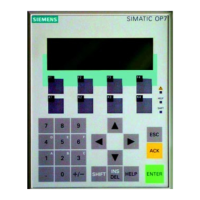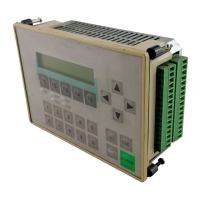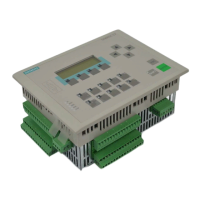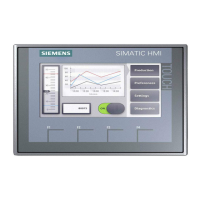Communications configuring
System- and communication configuring D7-SYS - SIMADYN D 3-119
Edition 12.2003
• The transmit block CTV in station 1 is the client: In addition to the
channel names, address stage 1 and address stage 2 are also
specified at input AT.
• The receive block CRV in station 2 is the server: Only the channel
name is specified at input AR.
• The object is in station 2 (the server) and has the PROFIBUS index
6001.
• Station 1 (the client) writes into the object, with index 6001, in station
2.
• Station 1 sends the write task via its communications association 2.
• Station 2 receives the write task via its communications association 2.
• Communications association 2 in station 1 is a "Non-cyclic client"
application type; the connection to station 2 and its communications
association 2 is defined there.
• Communications association 2 in station 2 is a "Non-cyclic server"
application type.
• Additional objects can be interchanged via the same connection
(station 1 with KB2 and station 2 with KB2).
• Instead of SIMADYN D stations, external systems (e. g. SIMATIC) can
be used for station 1 or station 2.
• For station 1, with address stage 1, reference is made twice to the
same "02" communications association; once for the FMS utility "Get
OV", and the other, for the FMS utility "Write". For non-cyclic
connections, this can and should always be the case.
• In the above (basic) example, the object is directly assigned a
PROFIBUS index using configuring. In addition, for SIMADYN D it is
also possible (as server) to assign a name to the object or (as client)
to address an object using a name. However, this only functions
between SIMADYN D stations and external devices which have the
same functionality (not for example, SIMATIC or drive converters).
Communication associations are configured using COMSS5 (refer to
Chapter COMSS5).
Explanation
Comments
Communication
associations
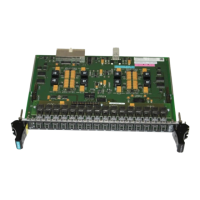
